By Eric Niderost
The giant Martin PBM-3R “Mariner” landed with a kind of swanlike grace, its stubby bow parting the waters, transforming them into a series of white and foamy ripples that radiated from the seaplane’s wake. Captain William W. Moss Jr. was at the controls, and once the initial landing was completed he taxied the Mariner over to the dock area. Moss had landed at Fiji in the South Pacific, part of a supply and transport assignment that originated in Hawaii.
The Martin PMB-R, formally designated Flight V2163, was part of the Naval Air Transport Service (NATS), whose mission was to keep the U.S. armed forces well supplied over the vast reaches of the broad Pacific. The seaplane’s ultimate destination was Noumea, New Caledonia, where medical supplies and personnel would be offloaded.
A Rough Water Rescue
It was just after 10:30 in the morning, but at that moment Fiji did not look like the tropical paradise depicted on colorful postcards and celebrated in Hollywood movies. The weather was bad, with rain-laden, slate-gray clouds hovering over Fiji like harbingers of doom. Before Moss could complete his taxiing maneuvers a message crackled from the plane’s radio phone. It was a call from Lt. Cmdr. A.L. Mare, who commanded at Fiji.
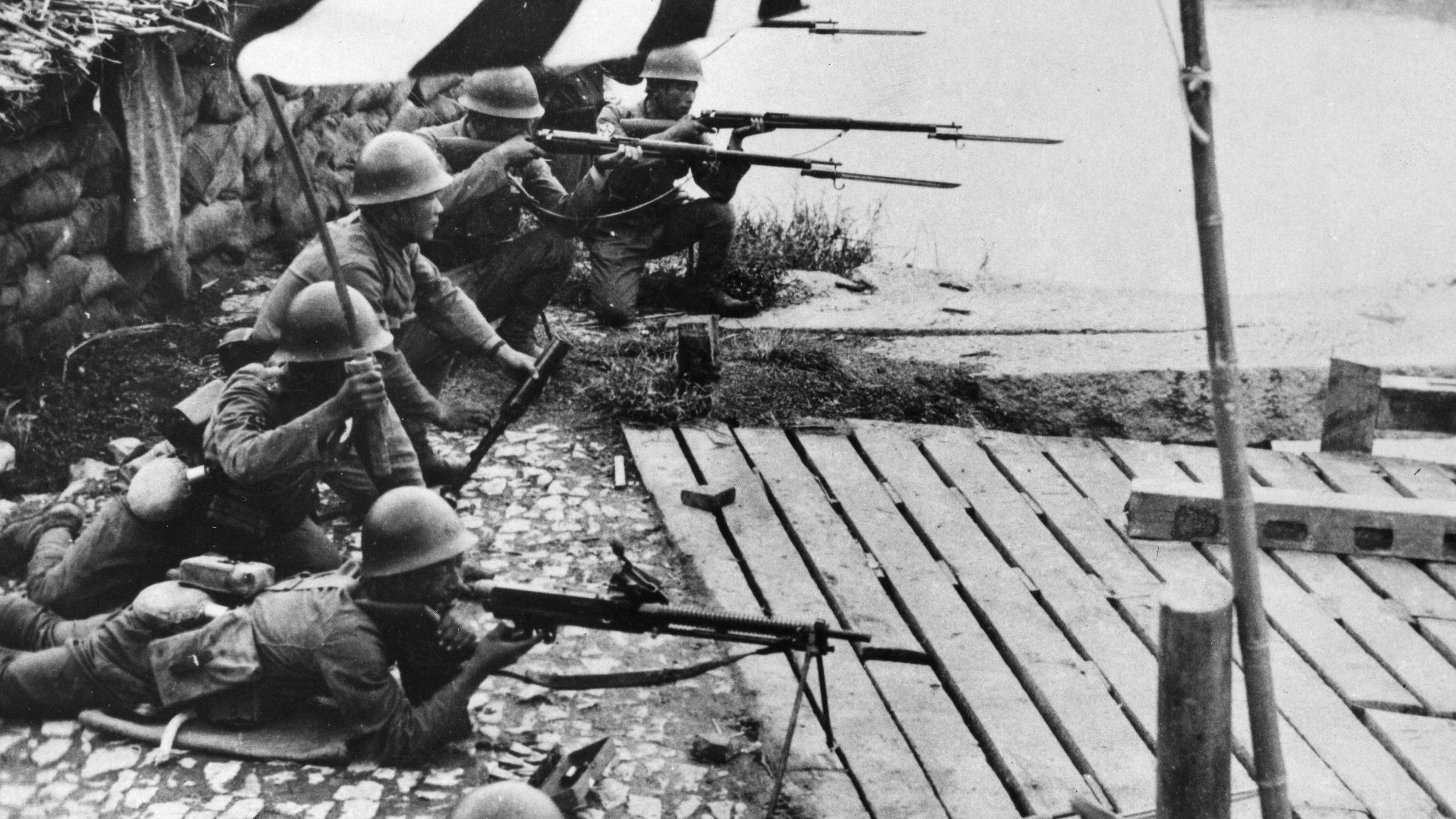
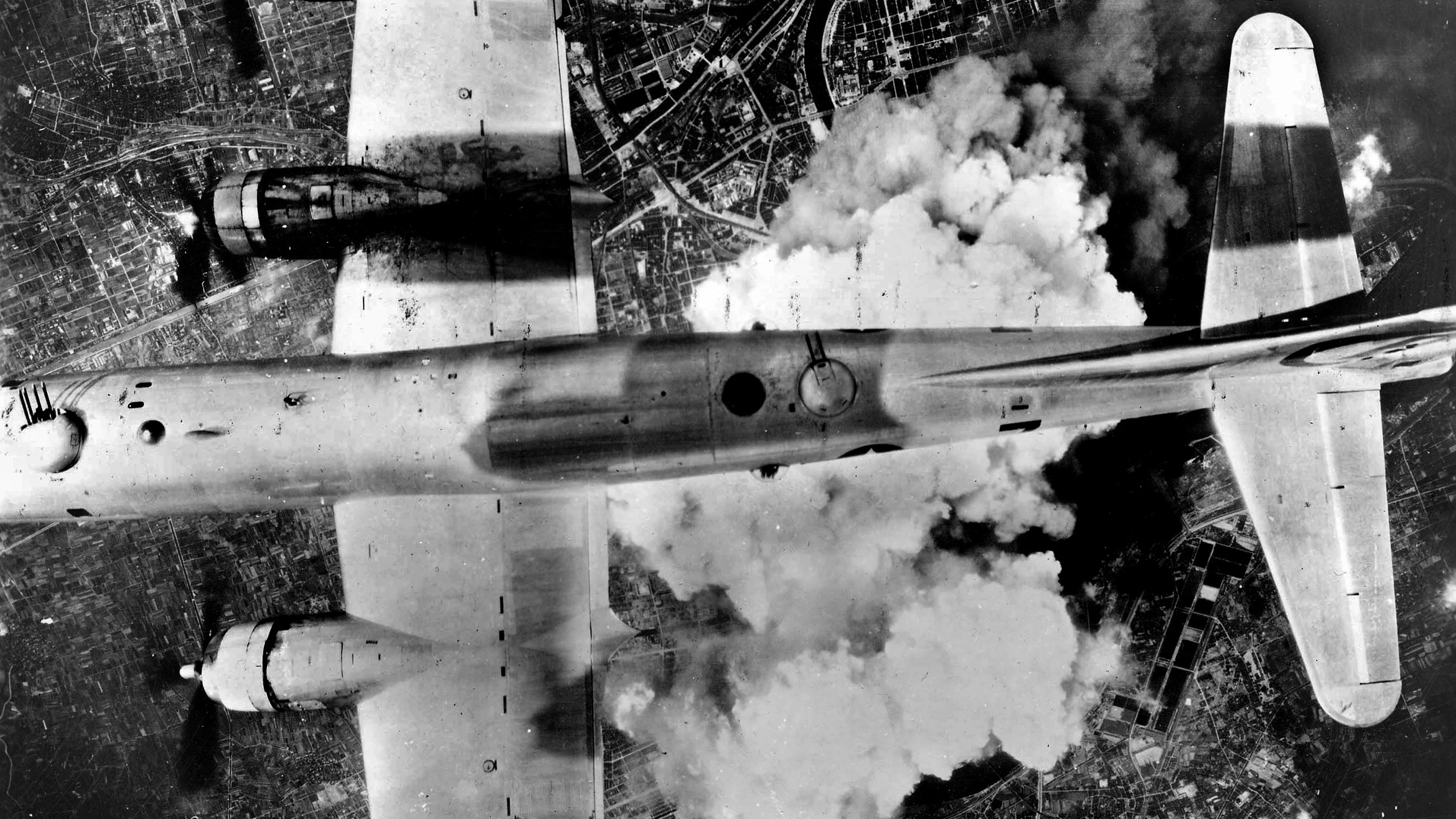
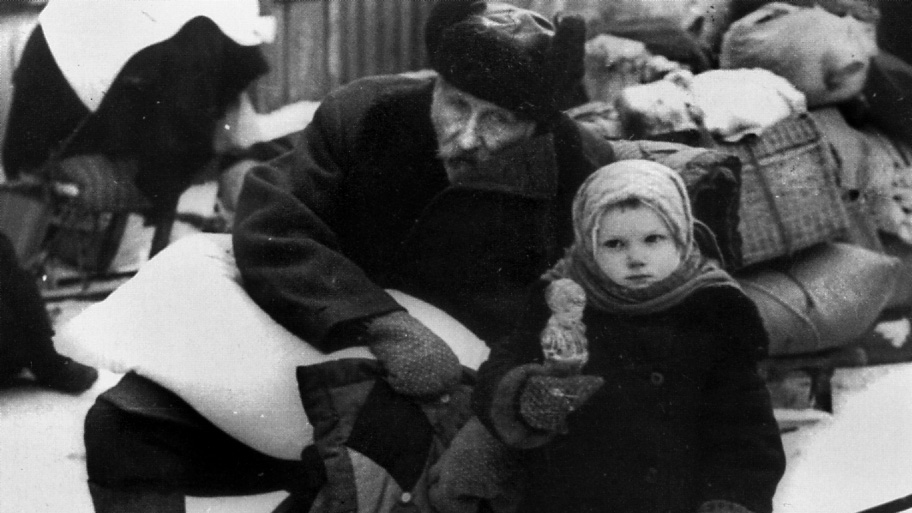
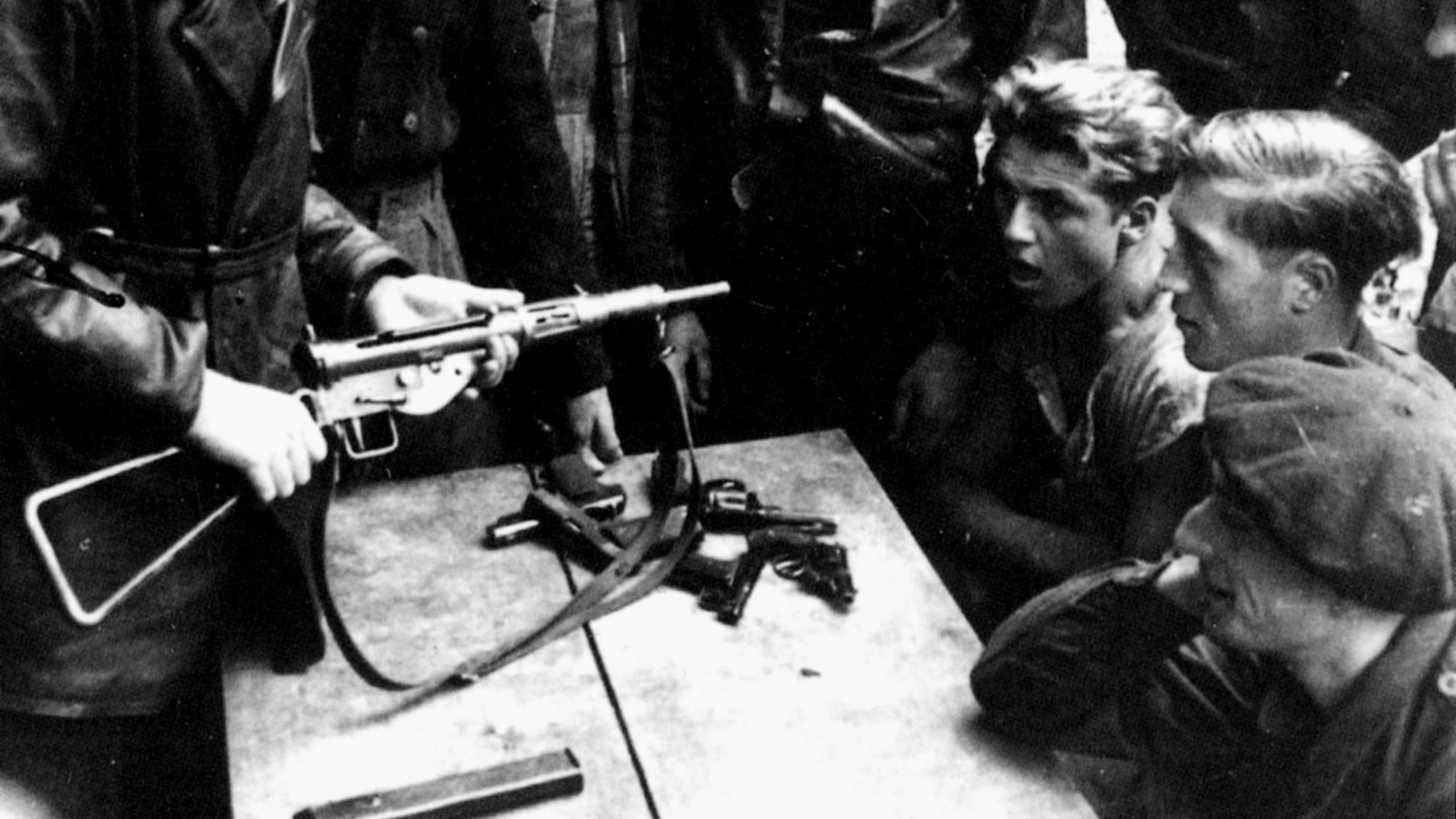
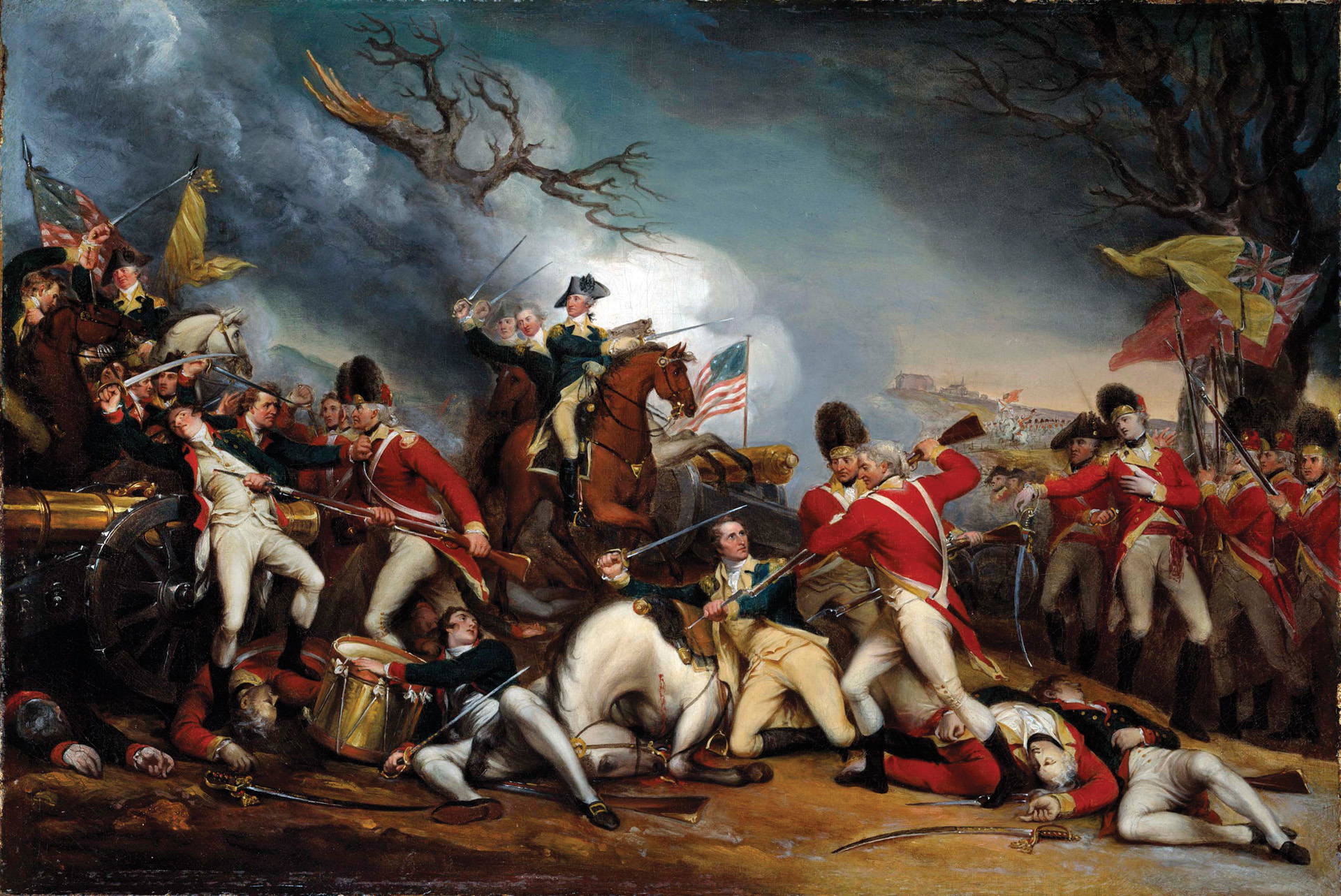
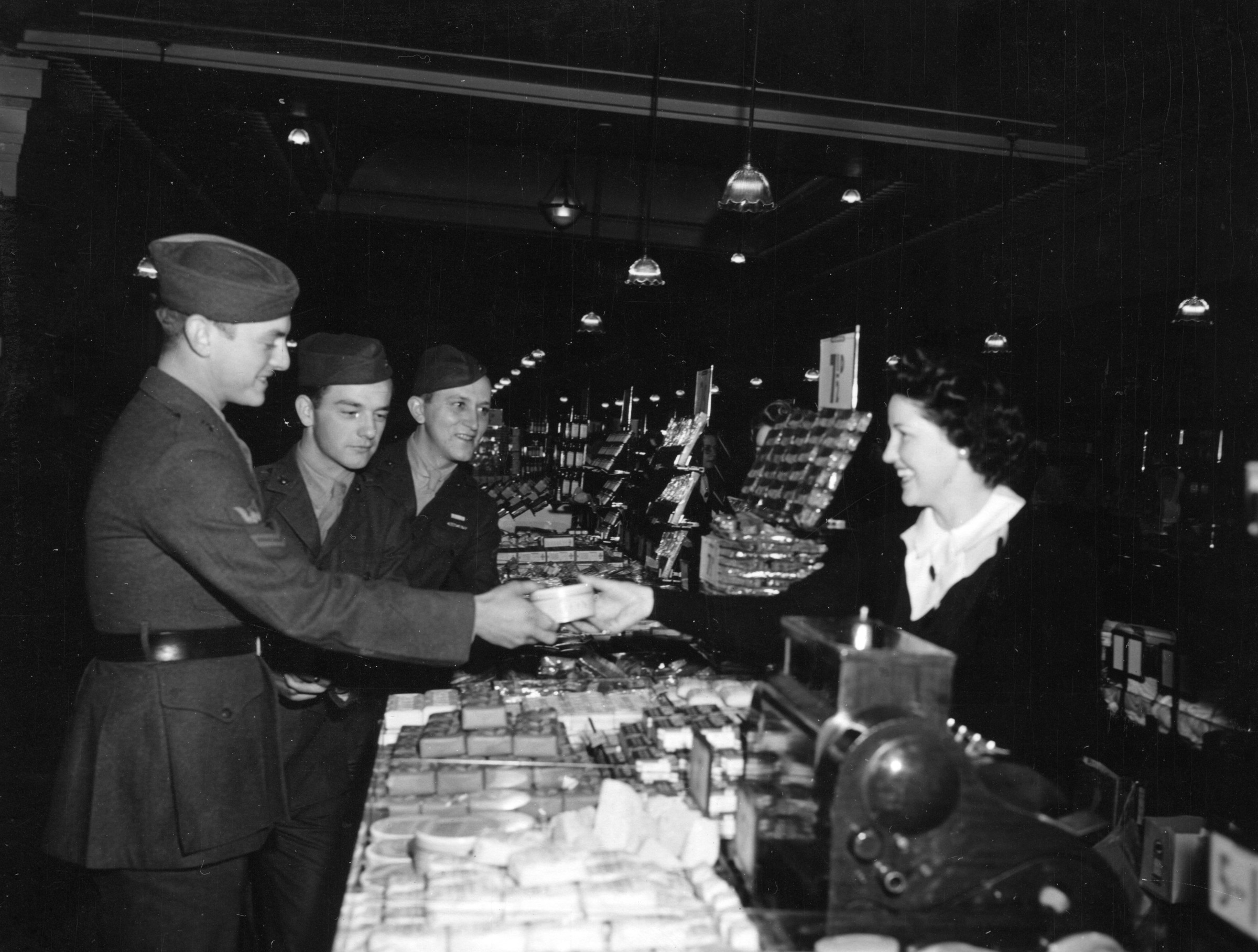
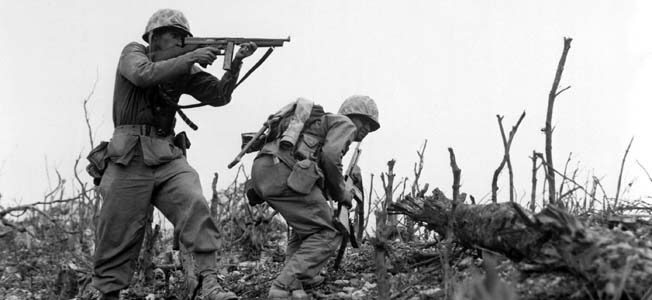
Thank you very much for your article. My father was a twenty year old survivor of the Cape San Juan. He didn’t speak a lot about war but did tell us he was temporarily blinded by the oil floating in the sea. He told us he could hear men being attacked by sharks and was terrified. He was picked up by the Merideth and went on to serve in three campaigns in the South Pacific earning three Bronze Stars. He also served in Korea and Vietnam Nam. His name was William H. Oliver. He was 5th Army Air Force.
My late great grandfather was a survivor of the wreck as well, growing up he told us how he had done something with his cap so that it didn’t get covered in oil so that we could still see, he shared many stories of the occasion and the war. His name was W.C. “Jeff” Jefferson (fun fact- a late descendent of Thomas Jefferson) i’m not sure exactly what medals he was awarded besides the purple heart or what he was stationed in.
My dad , Raymond Jones of Arkansas, was a survivor, picked up after 36 hours adrift. He was 21. An amazing story of survival & rescue, but many many stories of death at sea. Dad came back in 45, married my mom and they remained married until his death in 1998. They raised me and my two sisters, who obviously owe our existance on the planet to the rescuers. He went to many Fighter Squad reunions. His widow, my mom, died this week at age 96
Thank you for writing about this. My father, William Wallace of New Hampshire, was on this ship. Fortunately, he was taken to a hospital in Fiji. He would never talk about it. I think the worst part of this event were the terrible shark attacks on the men in the water. Not much attention was paid to those attacks in your writing. My dad returned home in 1945, married my mother, and the following May, I was born. I am so glad he was rescued!
My great uncle, PFC Porter J. Wyatt, was in the 855th Engineering Battalion. He was unfortunately deemed MIA after the attack. Just wish I was able to find out more about his story.
My father, Rudolph “Rudy” Wahlstrom was a merchant marine on the ship. His lifeboat floated away and was later picked up by the coast guard. My father said he was waiting to be gunned down by machine guns by Japanese but fortunately that never happened. He said the bodies and men eaten in the shark infested water was horrific. My father said one gentleman said “pull me in and I’ll Row like hell” my dad always Choked up when he spoke of it. He was a boiler and often spoke of a gentleman names Julian that was a fireman. Rudy went on to father 6 children in California then later fathered 4 children in Nebraska…. I’m his 10th
My uncle Stanton Morgan was in the 1st fighter squadron and spoke of being in a Carly float and the sharks saying he would never go in the ocean. He trained at Pinedale Calif. After recover from the oil on Fiji and Port Moresby he went on to serve on New Guinea calling in air strikes on Japanese and once hid for 3 days under a over turned wagon and laying in water as Japanese walked right by him as they searched for him. He passed away in the 1990’s and is buried in Clovis Ca.
So happy to see all the comments. When I began to compile the Saga of the 1st Fighter Control Sqdn I was in touch with 12 of the survivors. Sadly, all are passed today. Blessed to have known them.
My Dad, Charlie Craig Hanes, was on this ship – part of the 1st Fighter Control Squadron. He was sleeping on deck when the torpedo hit. Daddy shared his story of being in the water for 36 hours, realizing those on the rafts were sitting ducks should the submarine decide to surface – thankfully it didn’t. He personally didn’t see the shark attacks but his crew mates did.
After the war he married, raised his children, I am the middle child of 3. His wife, my mom, passed in 2000 – they were married 52 years. He retired as a machinist in 1983 after 36 years.
He attended many reunions with his military buddies – those have all since passed. Daddy could be the only one left, we’re not sure. Today he is 97, in relatively good health. He has been retired for more years now than he worked.
Thank you for this recap, Daddy read it all tonight. Thanks to all those brave rescuers, I wouldn’t be writing this without them.
My father in law, Pvt Reuben Howard was a member of the 855th and survived the attack of Cape San Juan, he spoke of the many who were lost to shark attack on that day, matter of fact it was the worse shark attack and loss of life second only to the USS Indianapolis at the close of the war. I find it deplorable that the Army did not outfit the ship with the correct floatation devices and this sinking and horrible tragedy was kept secret even after the war especially to the African American community. You can only find that there was the 855th but their story was never told. Shame on you Army and America!!